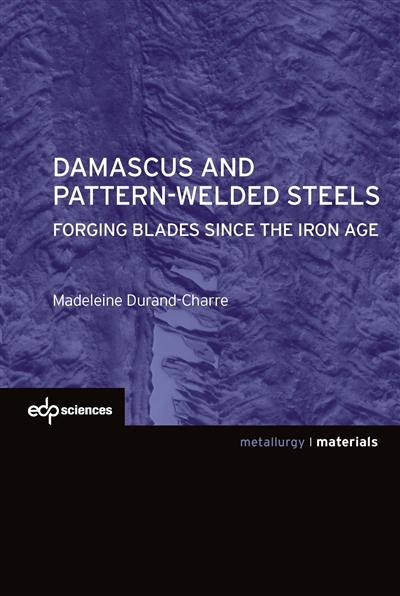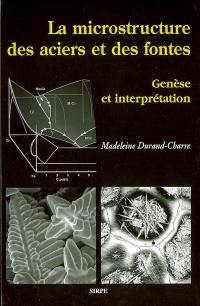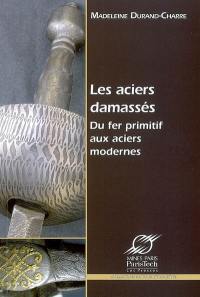
Fiche technique
Format : Broché
Nb de pages : IV-214 pages
Poids : 516 g
Dimensions : 16cm X 24cm
ISBN : 978-2-7598-1173-1
EAN : 9782759811731
Damascus and pattern-welded steels
forging blades since the iron age
Quatrième de couverture
Damascus and pattern-welded steels
Forging blades since the iron age
Steels are a class of materials with multiple and complicated transformations ; this is true even for steels of the basic cutlery industry. A damascus steel is a fascinating subject to study, rich in multiple facets, that appears in a first approach as a composite material artistically exploited.
Damacus steel was developed in the first millennium AD in India or Sri-Lanka. Its reputation is related to its exceptional properties and to the moire pattern. A similar damask pattern could be obtained by forge-welding giving rise to controversies. Recent findings allow a better understanding of this pattern formation.
This book présents firstly, observations of ancient blade samples examined with modem technologies such as electron microscopy. The features of many typical swords from different periods are discussed : Celtic, Merovingian, Viking and oriental wootz swords, Persian shamshirs, Japanese katana, rapiers etc. In the second part, microstructural observations at different levels of magnification are displayed and their interpretation is discussed in detail, thus revealing the secret of sophisticated forgings. One chapter is devoted to introducing the main transformations undergone by these steels during the forging processes.
The book is intended for all those people interested in the history of science and more specifically to the metallurgists, to the archaeologists and all the researchers confronted with the problems of the expertise of the vestiges, to the blacksmiths, and to the collectors of valuable artistic blades.








